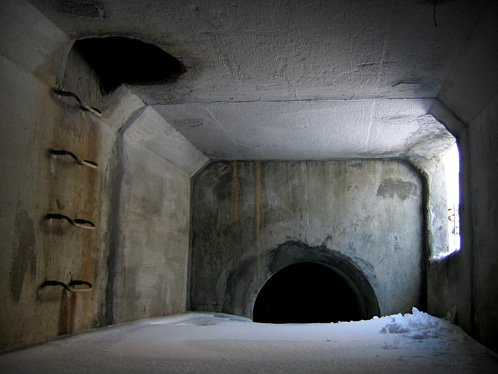Box Culvert Design Using Visual Basic-6.0 (Part-2)
2.1 DEFINITION OF CULVERT : Culverts refer to the structures provided across a watercourse for the purpose of passing the flow from one side of the road or railway line to the other side without any detriment or damage to the approach embankments. A culvert can be defined as a bridge with a total length not exceeding 8m between the faces of abutments or extreme vent way boundaries when measured at right angles to the axis of vent way. Before structure of this nature is put up, it is necessary to consider the following factors-- 1. The need for the structure and its location. 2. The traffic that will pass over the structure on completion and in future (in respect of the volume of traffic as well the axle/wheel load). 3. Characteristics of the stream/river/canal. 4. Subsoil condition. 5. Alternative site either by longitudinal shift of the proposed structure or by lateral shift of the alignment itself. 6. Construction problems that are likely to arise; and 7. Cost and economics. 2.2 CLASSIFICATION OF CULVERT : Based on the construction of the structure, they can be of the following types- 1. Pipe culvert 2. Box culvert 3. Arch culvert 4. Slab culvert / Bridge Pipes and arch culverts are provided where the bank is fairly high or where sufficient cushion is available. Pipes are the cheapest and quickest form to construct and are provided for low discharges, say up to 10m3 /s. Arches and slab culverts are suitable for span ranges 2 to 6m. Typical sections of culverts are shown in following figures. 2.3 DEFINITION OF BOX CULVERT : R.C.C. rigid frame box culvert are used for square or rectangular openings with spans ranging from 1 to 4m, singly or in multiple units. The height of vent rarely exceeds 3m. The top of the box section can be at the road level or can be a depth below road level with a fill depending on the site conditions. The box culvert consists of the following components- 1. Barrel of box section of sufficient length to accommodate the carriageway and the curbs. 2. Wing wall played at 45 to retain the embankments and also to guide the flow of water into and out of the barrel. 2.4 APPILICATION : On any road or rail line project, a large number of culverts will have to be provided. Culverts are occasionally designed to fulfill special functions in addition to their primary function as drainage structures. For example, culverts are used as flow control and measurement devices and can be as effective as weirs and flumes. Culverts can be designed to operate under low heads and minimize energy losses as in roadway crossings for irrigation canals. Often culverts must be modified in order to fulfill a secondary function. Such in the case with culverts containing bends in plan or profile. Culverts containing junctions within their barrels, certain culverts operating as siphon and culverts designed to facilitate fish passage.
CHAPTER-2
BOX CULVERT
Category: AASHTO, abutment, Box Culvert, Box Culvert Design, Comuter Aided Design, Culverts, impact moment, Visual Basic










